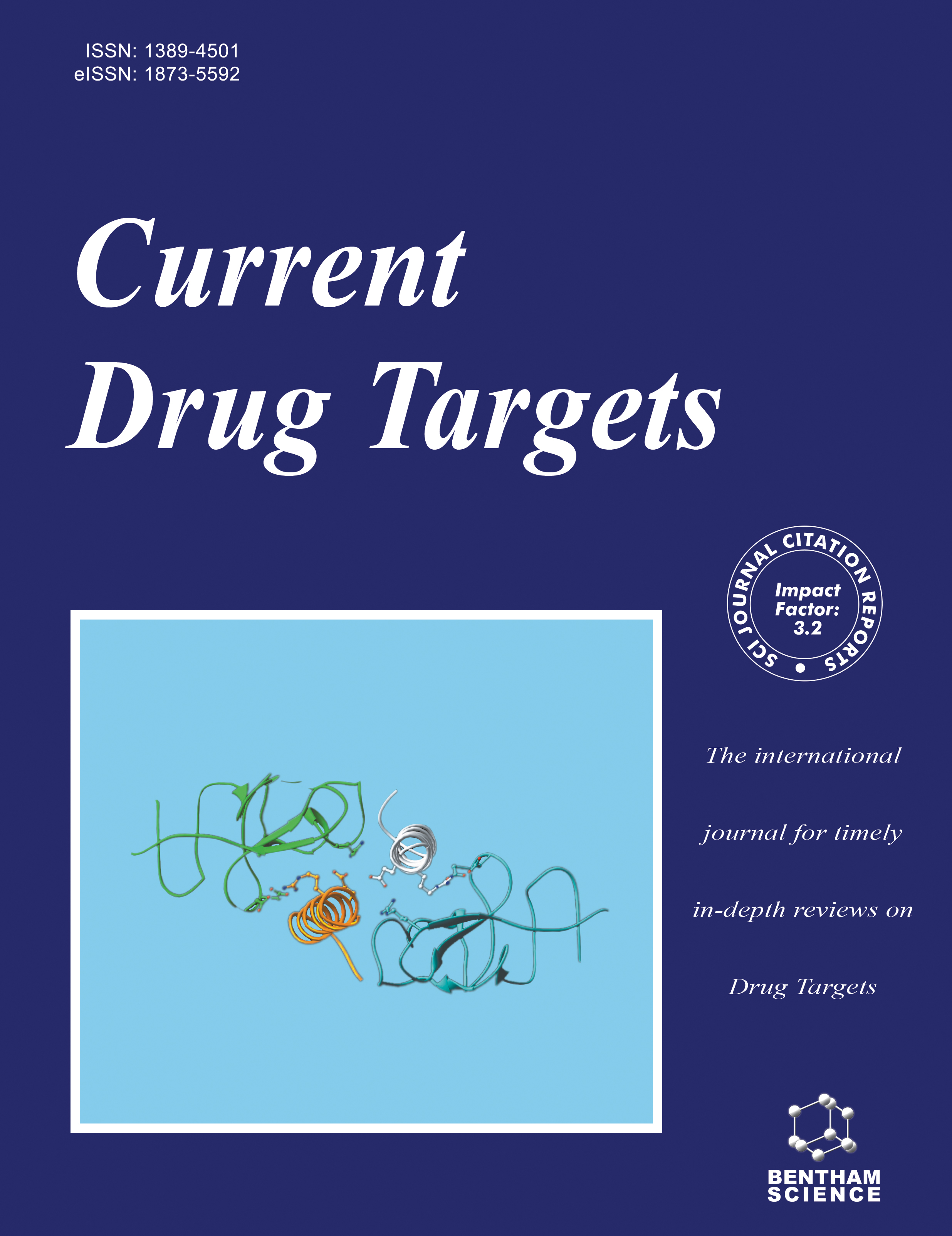
Full text loading...

The global prevalence of Diabetes Mellitus is rising; this complex metabolic disorder marked with hyperglycemia comes with increased morbidity and more associated health risks. Type 1 Diabetes Mellitus, an autoimmune disorder primarily affecting young individuals, lacks innovative pharmacological therapies. While current treatments for Type 2 Diabetes Mellitus-including lifestyle interventions and medications-can be effective, many patients still struggle with glycemic control. This review aims to highlight recent advances in diabetes mellitus management, emphasizing novel therapeutics and drug delivery systems that aim to decrease dosage frequency, target the manifestation of side effects, and enhance anti-diabetic effectiveness.
We conducted a comprehensive review of over 300 articles published between 2017 and 2025, utilizing databases such as PubMed and ScienceDirect.
Recent therapeutic innovations include nanocarrier-mediated drug delivery, microneedle patches, and mRNA- and gene-based systems.
These technologies aim to improve glycemic control, reduce dosing frequency, and minimize side effects. The 2024 American Diabetes Association Standards of Care introduced updated diagnostic criteria and management recommendations, which are summarized herein.
This review outlines key developments in pharmacological and delivery strategies of the past 5 years, targeting all types of diabetes. Special focus is placed on emerging therapies such as mRNA, nanotechnology, and innovative delivery systems, which may transform future diabetes management. The content is designed to support clinicians, researchers, and healthcare professionals in developing future therapeutic strategies.

Article metrics loading...

Full text loading...
References


Data & Media loading...